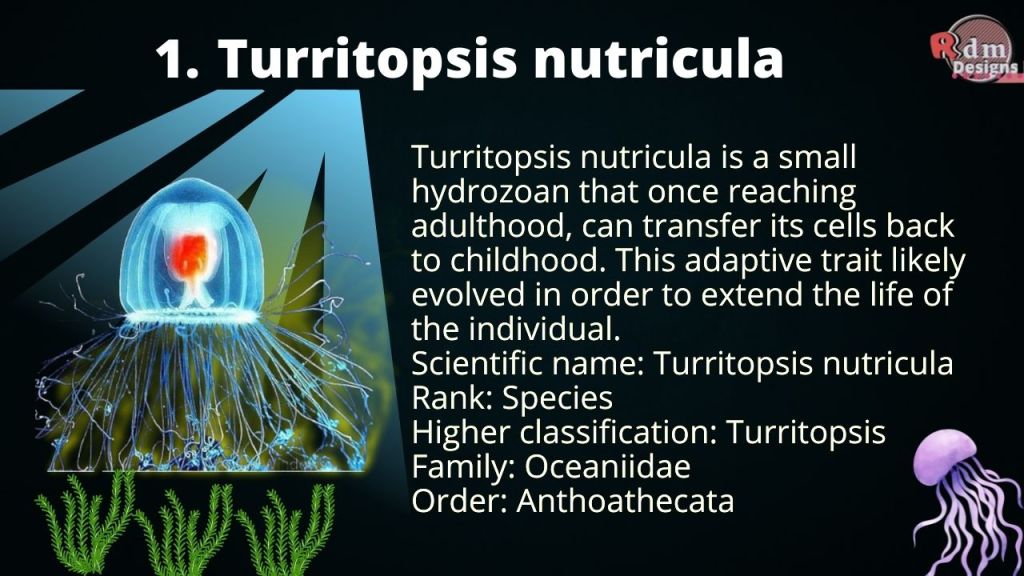
This adaptive trait likely evolved in order to extend the life of the individual.
Scientific name: Turritopsis nutricula
Rank: Species
Higher classification: Turritopsis
Family: Oceaniidae
Order: Anthoathecata
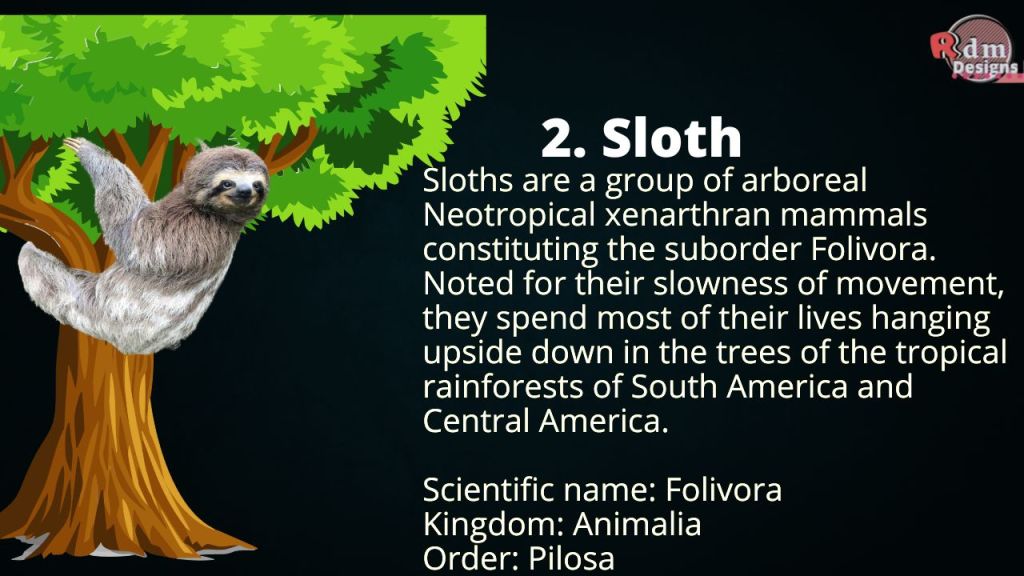
Sloths are a group of arboreal Neotropical xenarthran mammals constituting the suborder Folivora. Noted for their slowness of movement, they spend most of their lives hanging upside down in the trees of the tropical rainforests of South America and Central America.
Scientific name: Folivora
Kingdom: Animalia
Order: Pilosa
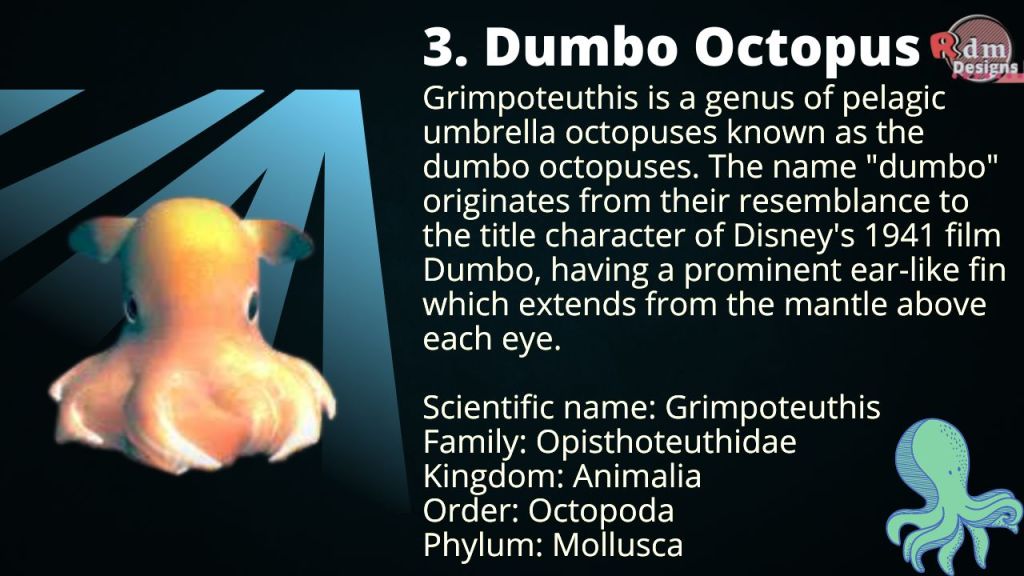
Octopuses known as the dumbo octopuses.
The name “dumbo” originates from their resemblance to the title character of Disney’s 1941 film Dumbo, having a prominent ear-like fin which extends from the mantle above each eye.
Scientific name: Grimpoteuthis
Family: Opisthoteuthidae
Kingdom: Animalia
Order: Octopoda
Phylum: Mollusca
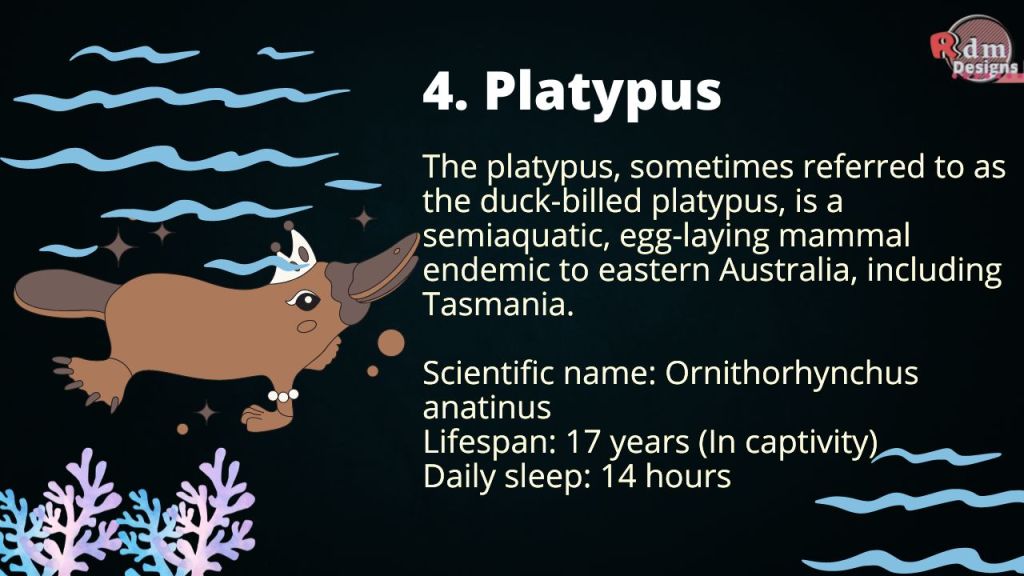
The platypus, sometimes referred to as the duck-billed platypus, is a semiaquatic, egg-laying mammal endemic to eastern Australia, including Tasmania.
Scientific name: Ornithorhynchus anatinus
Lifespan: 17 years (In captivity)
Daily sleep: 14 hours
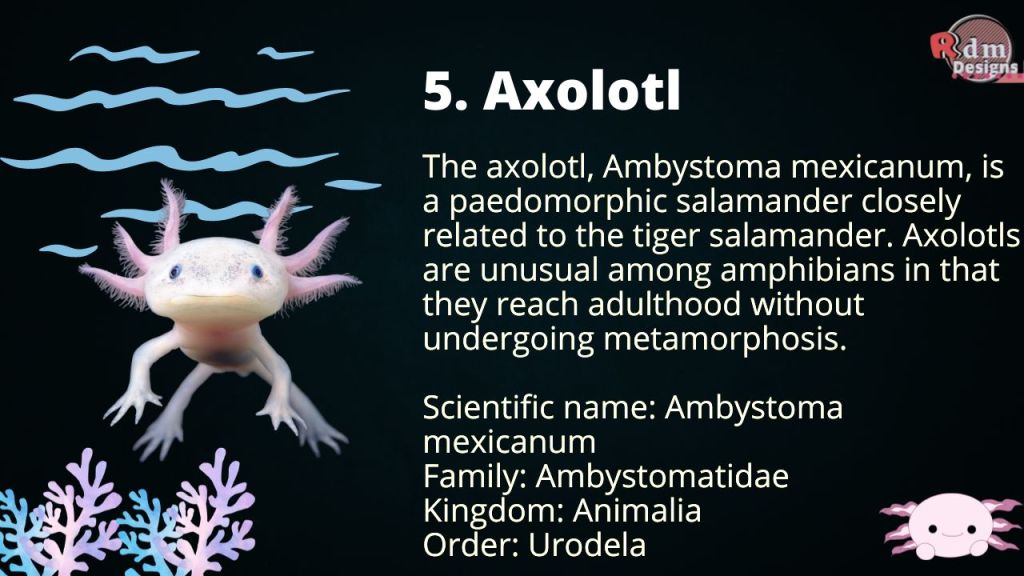
The axolotl, Ambystoma mexicanum, is a paedomorphic salamander closely related to the tiger salamander. Axolotls are unusual among amphibians in that they reach adulthood without undergoing metamorphosis.
Scientific name: Ambystoma mexicanum
Family: Ambystomatidae
Kingdom: Animalia
Order: Urodela
#weirdfacts #weirdest #weirdestanimalintheworld #strangestanimalsintheworld #strangerthings #top5weirdestanimalsintheworld #weirdestanimalsintheworld #Turritopsisnutricula #Sloth #DumboOctopus #Platypus #Axolotl
created in #canva by #rdmdesigns
